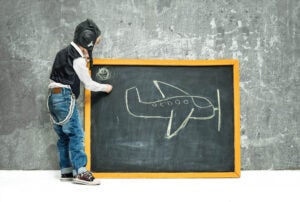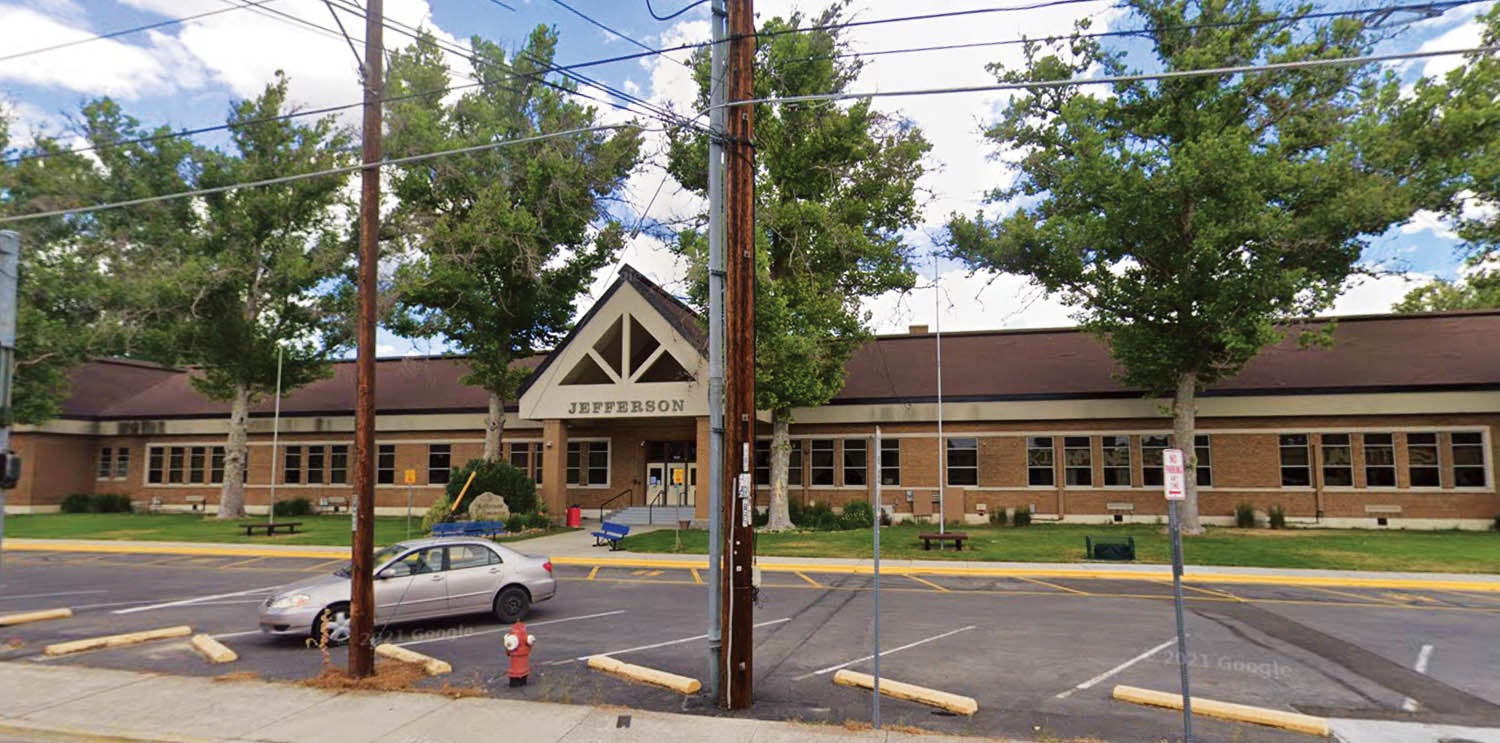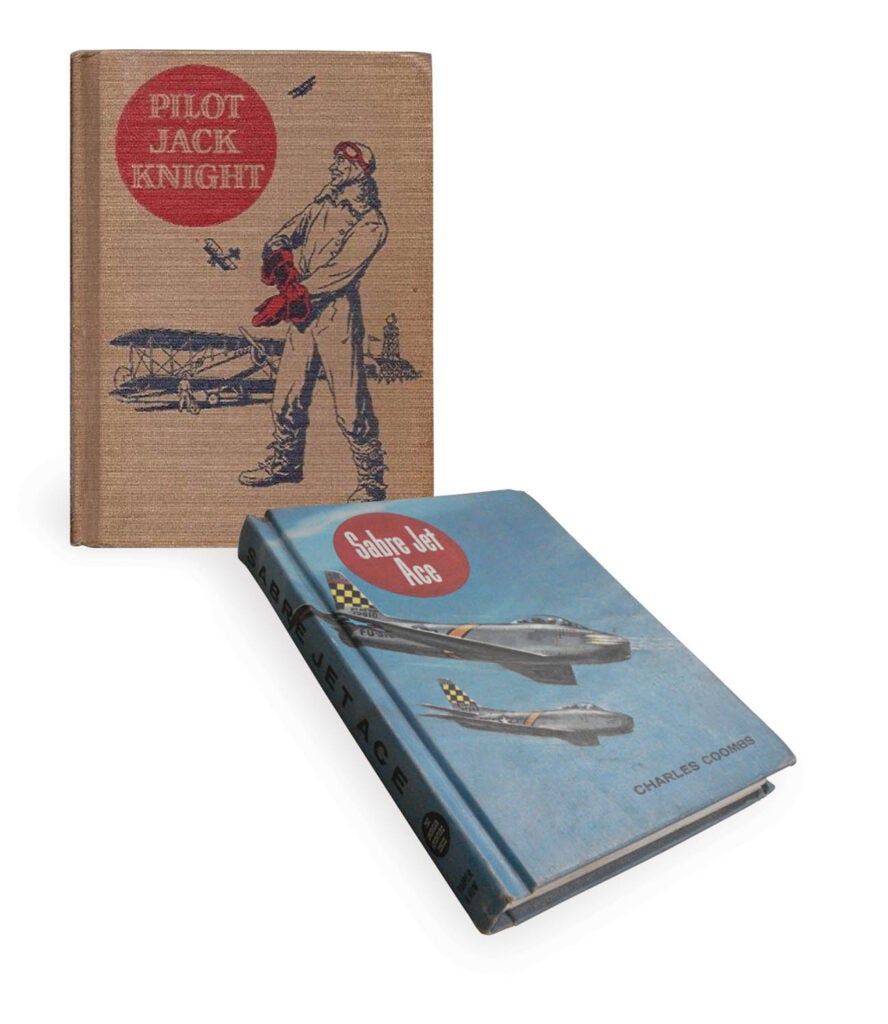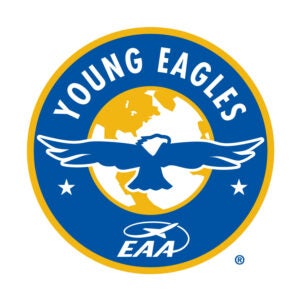
I write this submission during the month of November when traditionally we ponder and express gratitude for things, some would say blessings, that we are thankful for. From my earliest memories, I was blessed/cursed with a passion for all things aviation. It wasn’t just what I was interested in, it was what I was. It is hard to explain or describe to those who can’t relate, but there’s an instant mutual connection with those who do. The first time my supportive but “normal” wife attended AirVenture at Oshkosh, she remarked that she never realized that there were so many “nutjobs” like me in the world.
I recently had the opportunity to fly my RV-10 to Boise, Idaho, for my 45-year high school reunion. Flying home to the area that I had left soon after graduation is always enjoyable and cathartic. Flying my own dream aircraft after retiring from my equally dream airline career was particularly rewarding and it gave me time to reflect on how I was able to fulfill my aeronautical aspirations.
I wasn’t born into an aviation family. Any stimulation of my passion was either innate or came externally and a lot of that originated in elementary school by way of some wonderfully caring teachers who discerned my unique interest and went above and beyond to enlighten and encourage me.

I attended Jefferson Elementary in Boise, Idaho, and one of my teachers, Mrs. Limbaugh, was the wife of a corporate pilot. She picked up on my aeronautical aura and would kindly bring me her husband’s old trade magazines, which I treasured. I devoured each issue with great interest and pleasure. While most of the textual content was way above my intellectual capability, the pictures were a delight to my aero-soul. I may not have understood a lot of what I was reading but I know that it planted seeds that sprouted later on, perhaps even catalyzing an appreciation and interest in aviation journalism. While buddies were learning about Alfred E. Neuman, I was learning about people like Bill Lear, Walter Beech and Juan Trippe.

the elementary school library were cherished resources for inspiring dreams and aspirations.
Another teacher, Mrs. Wheadon, also perceived my unique interests. At that time I was struggling with the recent loss of my father and health issues with my mother. This dear teacher kept a close and caring eye on me with concern and encouragement. One day she took me into the school library, not just to find books related to our curriculum, but also for personal enjoyment and interest. The aeronautical-related offerings were pretty slim pickings but there were two that I read many times and will always remember. The first was Pilot Jack Knight, and the second one was Sabre Jet Ace. Both of these books were brain candy for me. I remember checking one out and having the librarian comment that I was also the one who checked it out the previous four times. Both of these long out-of-print gems can be found used on Amazon and other sources.
No shout-out to schoolteachers would be complete without mentioning my dear science teacher, Mrs. Syverson. Science was the class where there were actually a few lesson plans related to aircraft and aviation. Mrs. Syverson’s classroom was a museum-quality wonder of amazing plants, creatures and visual aids related to myriad things natural and scientific. Included in her extensive collection was a wooden model of a generic aircraft with functional airfoils and controls that I would often gravitate to. When the time came for the actual lesson, she invited me to use the model and present the lesson to the class myself.
One of the things that Mrs. Syverson was famous for was her Rocket Derby. She taught us how to use paper clips, rolled paper, corks, balsa and CO2 cartridges to make paper-tube rockets. On derby day, her husband would string two taut wires between playground equipment. The rockets were hung onto the wires with hooks derived from the paper clips and, using a home-engineered spring piercing tool, he would launch the rockets down the wires to catcher’s mitts 50 feet or so away to be timed for competition. It was a big highlight of every school year, especially for science nerds like me.
Some kids just went for goofy looks for their rockets but they flew poorly. I wanted my rocket to be competitive so I got the idea to visit a new hobby shop that had opened within biking distance of my house. There, kindly shopkeepers took me under their wing and not only did we construct a winning rocket with perfectly aligned tail feathers and ideal center of gravity, but the experience also germinated a passionate interest in building model airplanes that continues to a balsa model project that I currently have underway.
The educational rewards of Mrs. Syverson’s wonderful class, the rocket derby and the subsequent relationship with the hobby shop endowed me with an ancillary interest in assembling aircraft that continued right up until the first rivet was bucked on my RV-10 empennage. And all the way through to completion. An accomplishment, I am convinced, that would never have been brought to fruition without several blessed experiences and influences carried with me since my youth.
Higher Education
Along the educational superhighway, there comes a time in many vocations and avocations where “teachers” eventually give way to “instructors.” Aviation is no exception. This is an area where an exceptional individual can still be as impactful in the lives of their adult students as primary teachers can be with the youth.
After almost 35 years of involvement in commercial aviation, this is another area where I have personally been very fortunate to enjoy a variety of excellent instructors. I plead for the readership’s indulgence to shout out to one who in my experience stands head and shoulders above all the others, William “Bill” Boice.
In the mid-’60s, Captain Boice got hired by TWA right out of college and, by fortuitous timing, was a Boeing 727 captain by his mid-20s. A couple of decades later, Bill was a Lockheed L-1011 captain when he suffered a medical debilitation that forced him out of the cockpit and into medical retirement.
He and his family decided to move to picturesque St. George, Utah, which also happened to be the headquarters of SkyWest Airlines. Shortly thereafter, Bill walked into the SkyWest training department and inquired if there might be a way that he could be of service. He was hired as a ground school instructor on the spot and placed into the next Fairchild Metroliner new-hire class, which was also the same one that I was assigned to. My classmate subsequently became my class instructor for captain upgrade school a year later. His impact and influence were immediate and substantial, without being arrogant or overbearing. He was not only extremely experienced, but especially talented at explaining complex concepts in ways that were easy to understand and even pleasant to absorb. His real gift, however, was not just passing knowledge of aircraft systems and procedures to make better pilots, which he did very well; it was demonstrating gravitas, composure and professionalism to make airplane pilots better men and women.

The manner in which he carried himself was as impactful as the words he spoke. Bill was a godsend to a small airline growing into a large one and young pilots breaking into their careers. He was an instructor by title but an example, mentor, counselor and friend by practice. I have spoken to dozens of pilots from SkyWest who have gone on to training experiences at just about every major airline there is and so far without exception, we all agree that the best ground school we ever attended was a Bill Boice ground school.
We have all enjoyed remarkable teachers and mentors in our lives. In addition to actually letting them know how much we appreciate their efforts, the best thing we can do in tribute to them is to pay it forward by following their example when teaching opportunities arise. In particular, for readers of this magazine, one of the best examples to serve that I can think of is the EAA’s Young Eagles program. The program is a tremendous opportunity to give back and doesn’t require owning an aircraft or even being a pilot. All that is required is a love of aviation and a desire to pass that on to future generations.
Whatever the track, pathway or curriculum, those who have shoulder a responsibility to nurture and guide those who will traverse a particular path.














Re: Tribute to Teachers and Mentors – You weren’t the only one so inspired.
I remember “Pilot Jack Knight” and read it in 4th grade. Ms. Constantine, my teacher, allowed me to choose books from the “big kids” side of our elementary school library. I found it soon after.